5 Ways to Beat the Georgia Heat | Gainesville Mechanical
Summer is just around the corner. That means outside BBQs, pools, and ice cream festivals. But those summer days we longed for in the winter can come with unbearable heat. It’s not so fun eating an ice cream cone when it melts faster than you can eat it! Luckily, homes have some sort of air conditioner that can help alleviate the heat. But having access to an air conditioner is not the only way to cool off. Continue reading for five tips to beat the Georgia heat.
1. Install a smart thermostat
One of the easiest ways to beat the heat during summers in Georgia is to upgrade your thermostat. You can maximize use and flexibility of your cooling system if you have a smart thermostat that you can control with your smartphone or pc. Smart thermostats have several benefits:
- They are easy to install.
- You can control them remotely from your smart phone.
- You have easier control of your HVAC settings and usage
- They can help you conserve energy.
While there is no standard air conditioner summer setting the features of these units can help you find the best settings for the comfort of you and your family. Additionally, managing the operating schedule can save you as much as 10% in heating and cooling costs According to the U.S. Department of Energy
2. Use ceiling fans.
In addition to adding some style to your home ceiling fans are an excellent way to help keep your home cool in the summer heat. While they do not generate cool air, they do help circulate the air in a room. This allows you to reduce your reliance on the air conditioner system and can help you conserve energy and save money. Here a few tips to help maximize the impact of your ceiling fan:
- If you are uncertain about your own skill level, have the fan installed by a professional.
- Only operate the fans in occupied rooms.
- Make sure your blades spin counterclockwise to cool your room. You can change the direction of your blades with the remote control or the switch on the base of the fan.
3. Manage the sunlight
One of the best ways to naturally manage the temperature in your home for a summer in Georgia is to control the amount of sunlight that enters your home. We all love the natural light provided by windows but they also cause a significant amount of heat gain during the summer. About 76% of the sunlight that hits standard windows becomes additional heat in your home. The right window treatments can control your summer heat problems. The use of insulating curtains, drapes, shades, and blinds to are great was to prevent heat form the sun from entering your home. Window films or tints are great options, too.
Exterior window treatment options can also assist with cooling off your home. Solar screens, awnings, shutters and shads can also be installed to minimize the impact of the Georgia sun on the interior temperature of your home.
4. Plant a tree.
Planting trees provides several benefits for homeowners. Adding trees to your landscape is a great way to naturally provide some relief from the Georgia summer heat. Not only can trees provide a great shaded spot to read outside but when strategically placed on your property, trees can provide shade to your home in the summer and block prevailing winds in the winter. However, be sure to plant the trees far enough from your home so the root system does not damage your foundation. You also want to plant the trees on the east and west sides of your home to provide protection from the rising and setting sun. And as an added bonus, planting a shade tree may increase your property value.
5. Service your HVAC system
Finally, and this should be no surprise, make sure your AC system is in proper working condition. It is a good idea to have your system checked before the season begins and to perform the necessary preventative maintenance to avoid larger, more expensive repair work during peak usage months. Make sure your filters are changed, the ducts and registers are cleaned, and that the condenser – the part that is normally outside of your home – is free from debris.
6. What if I need help?
If feel like your AC system is not up to challenge to beat the summer heat, feel free to contact a service provider at contact a certified professional to inspect your system. A professional can not only maintain your HVAC system but guide you through other ways to keep your home cool for the summer.
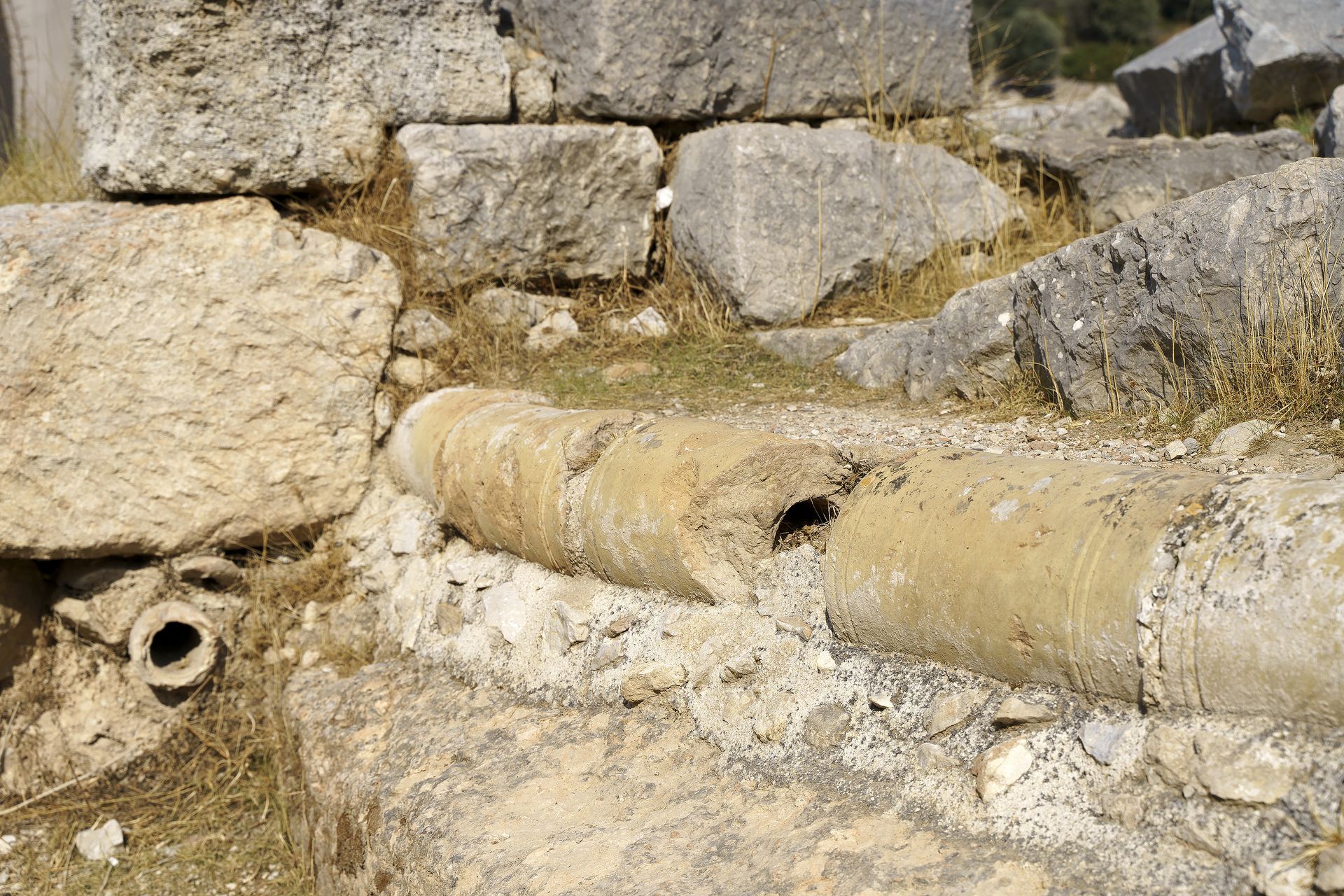
Servicing the Southeast
and Surrounding Areas
Share On:
Phone Number
All Rights Reserved | Privacy Policy
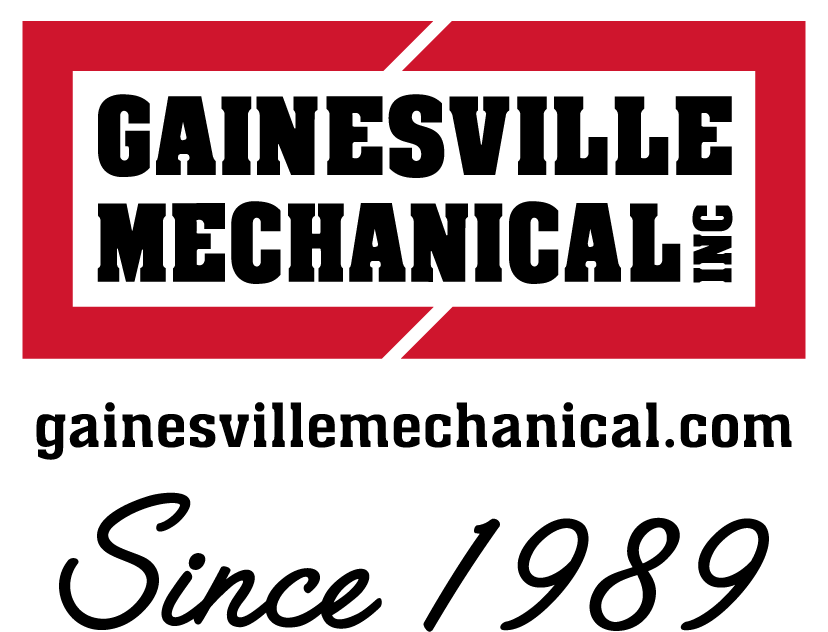

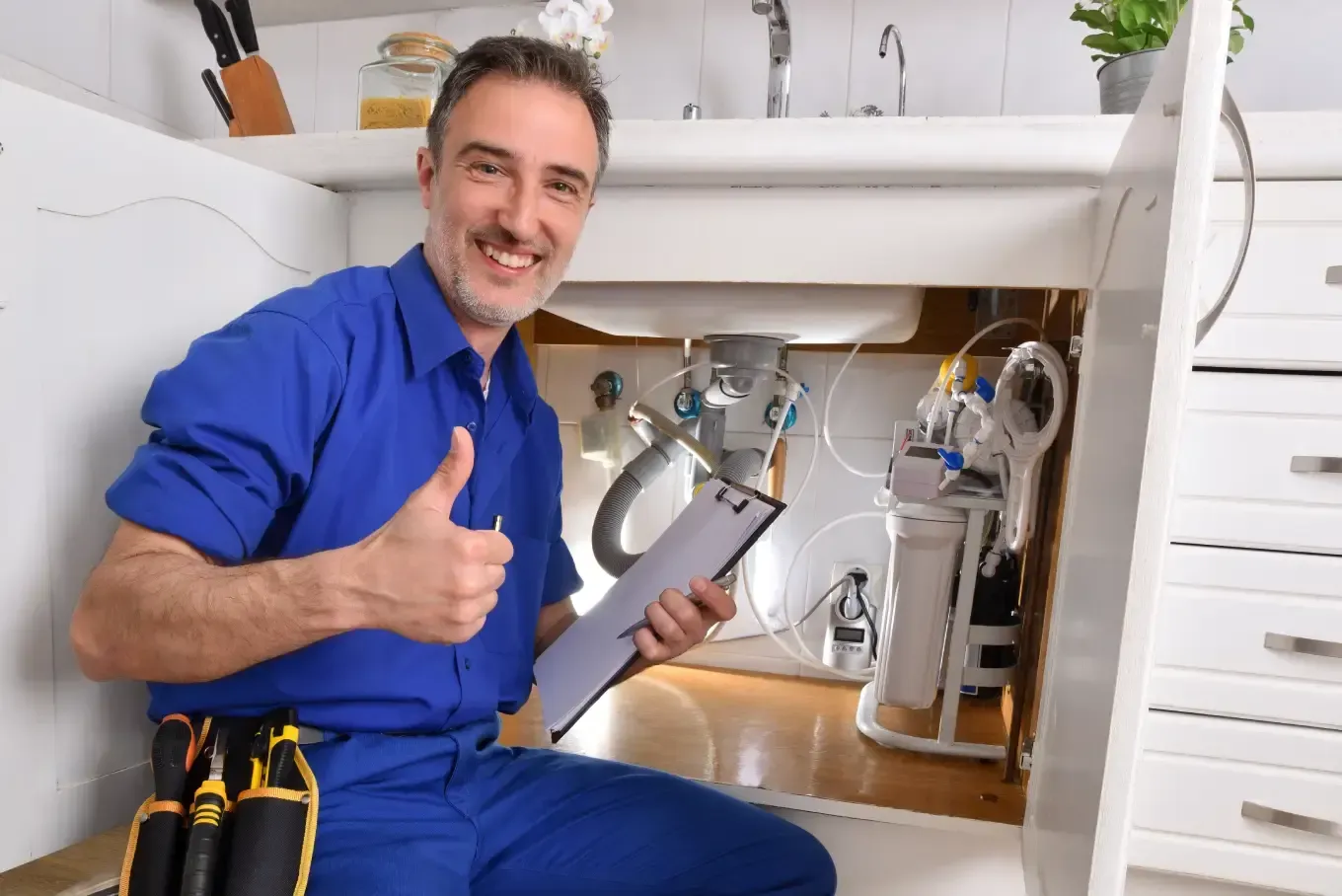
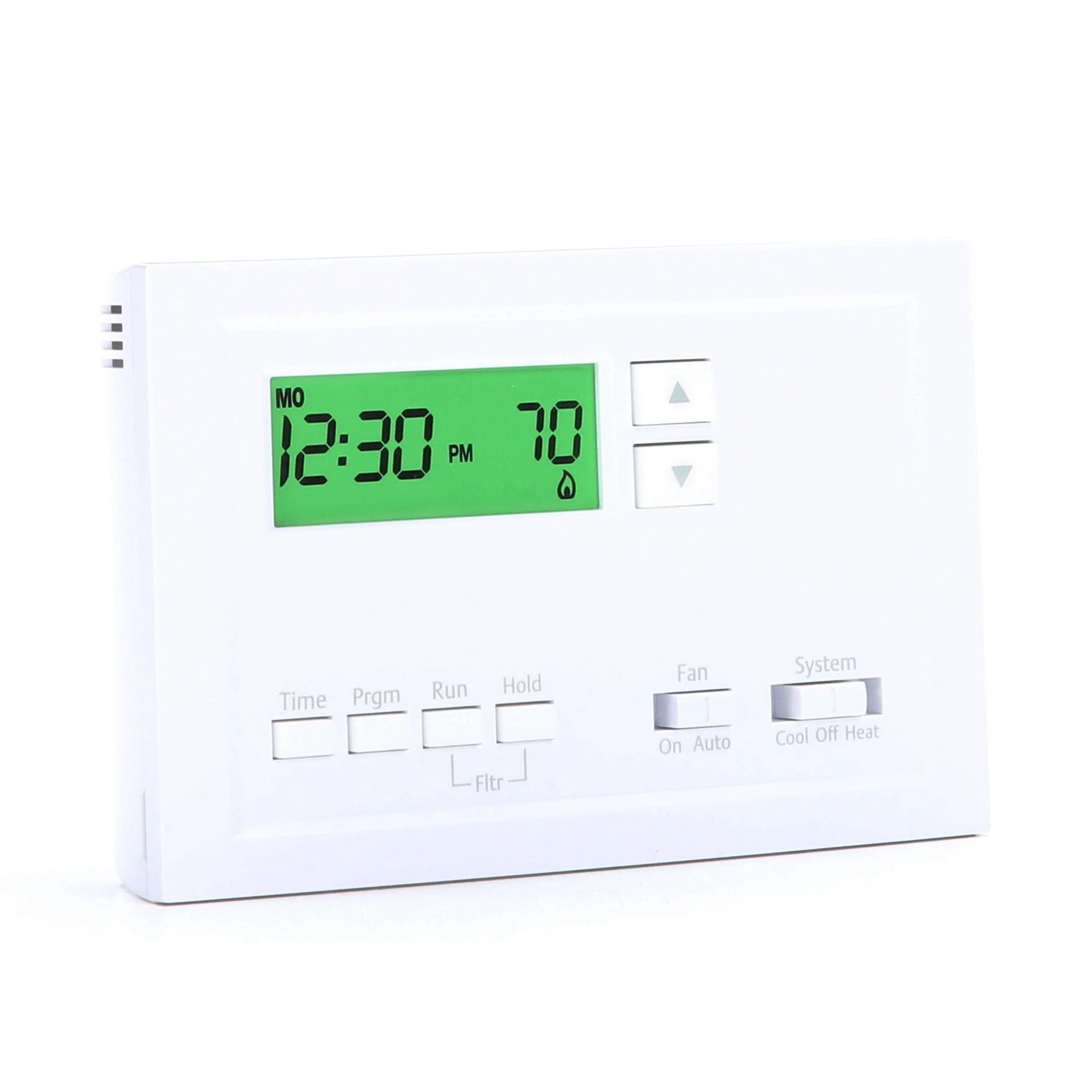
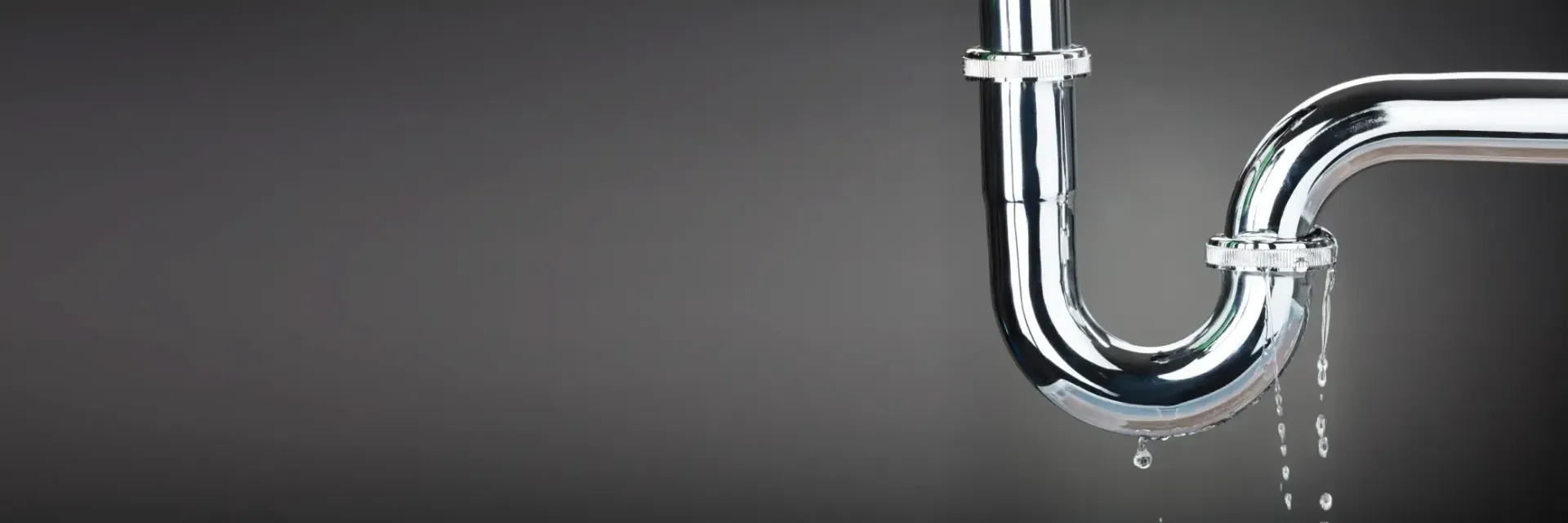
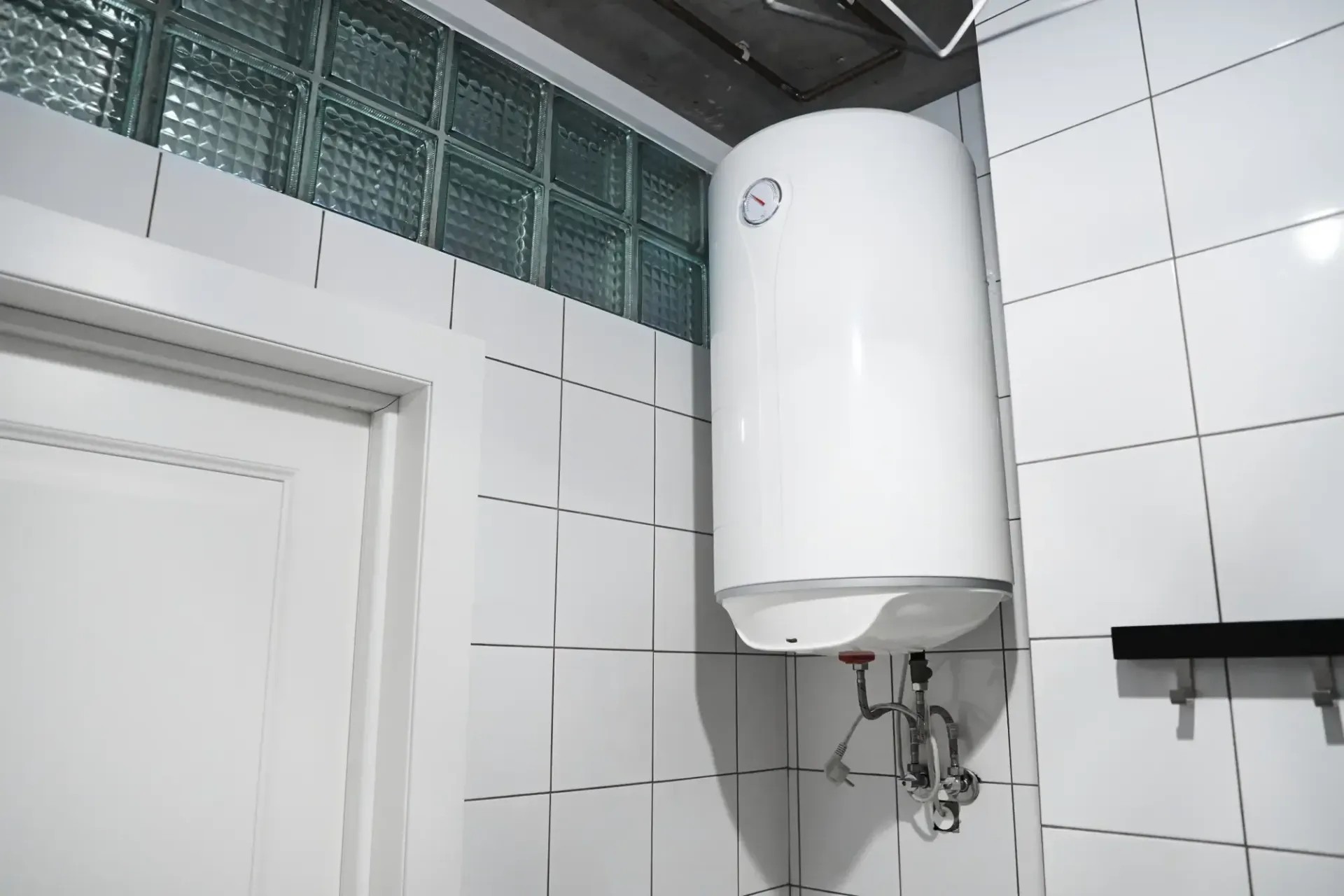
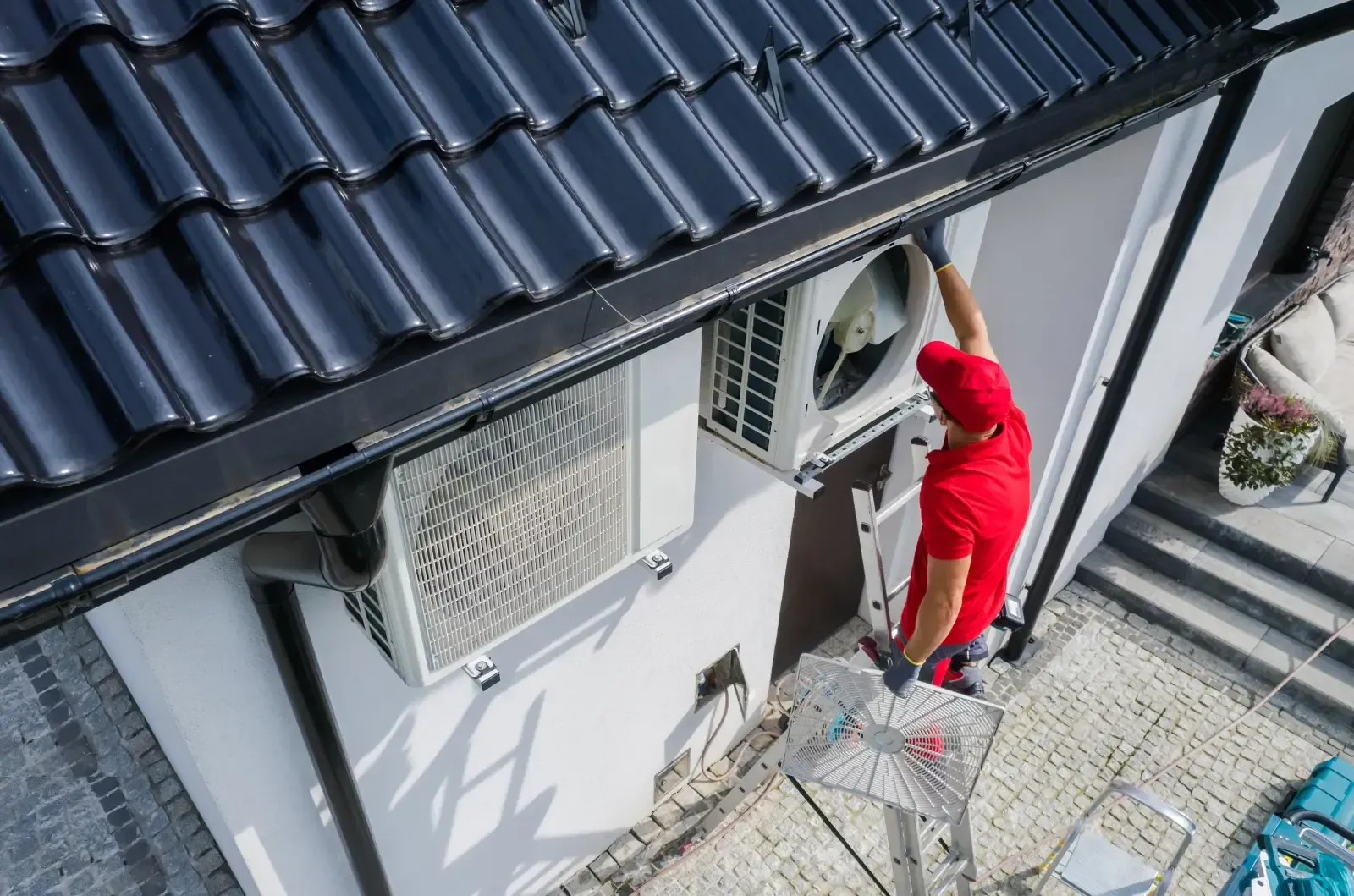
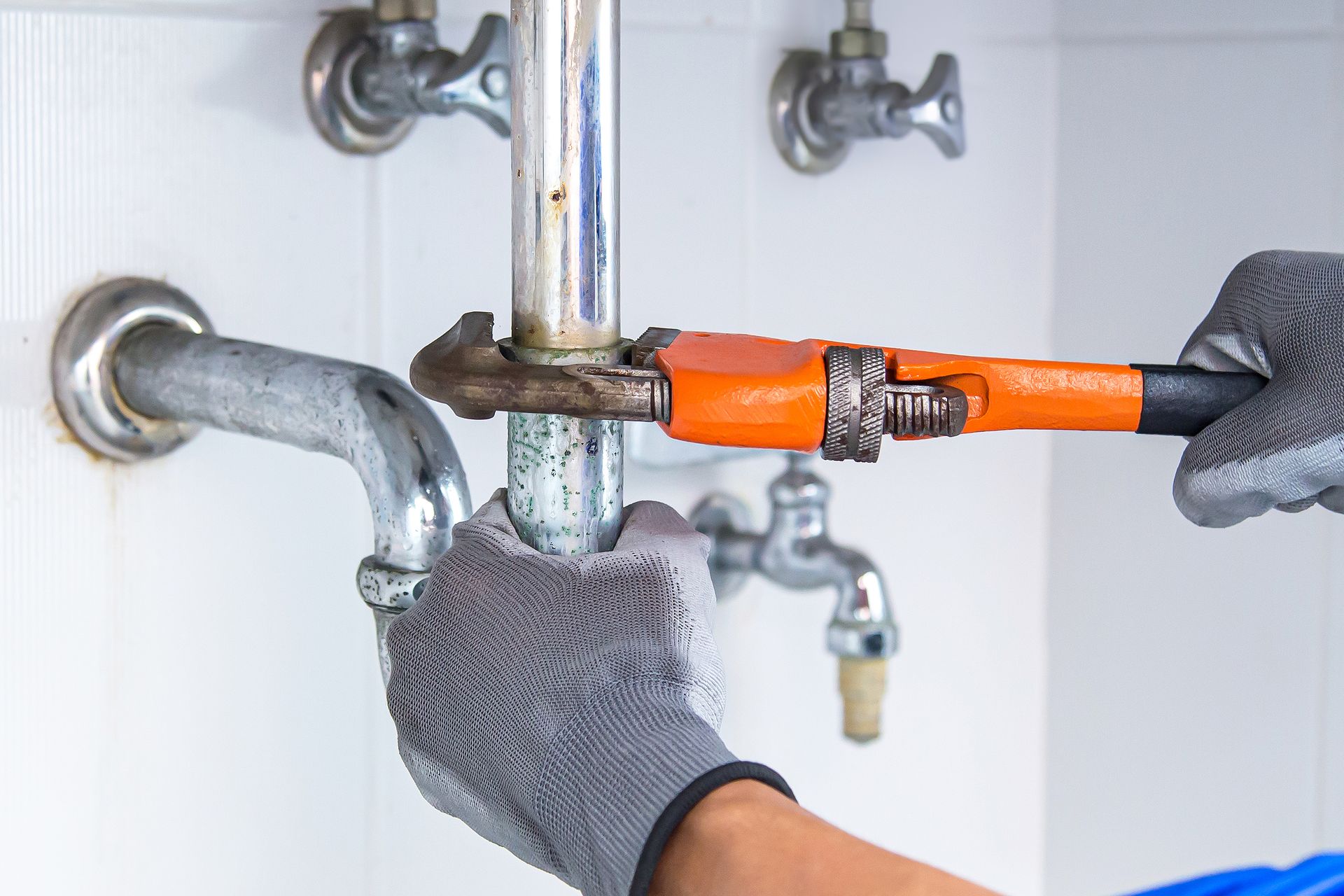
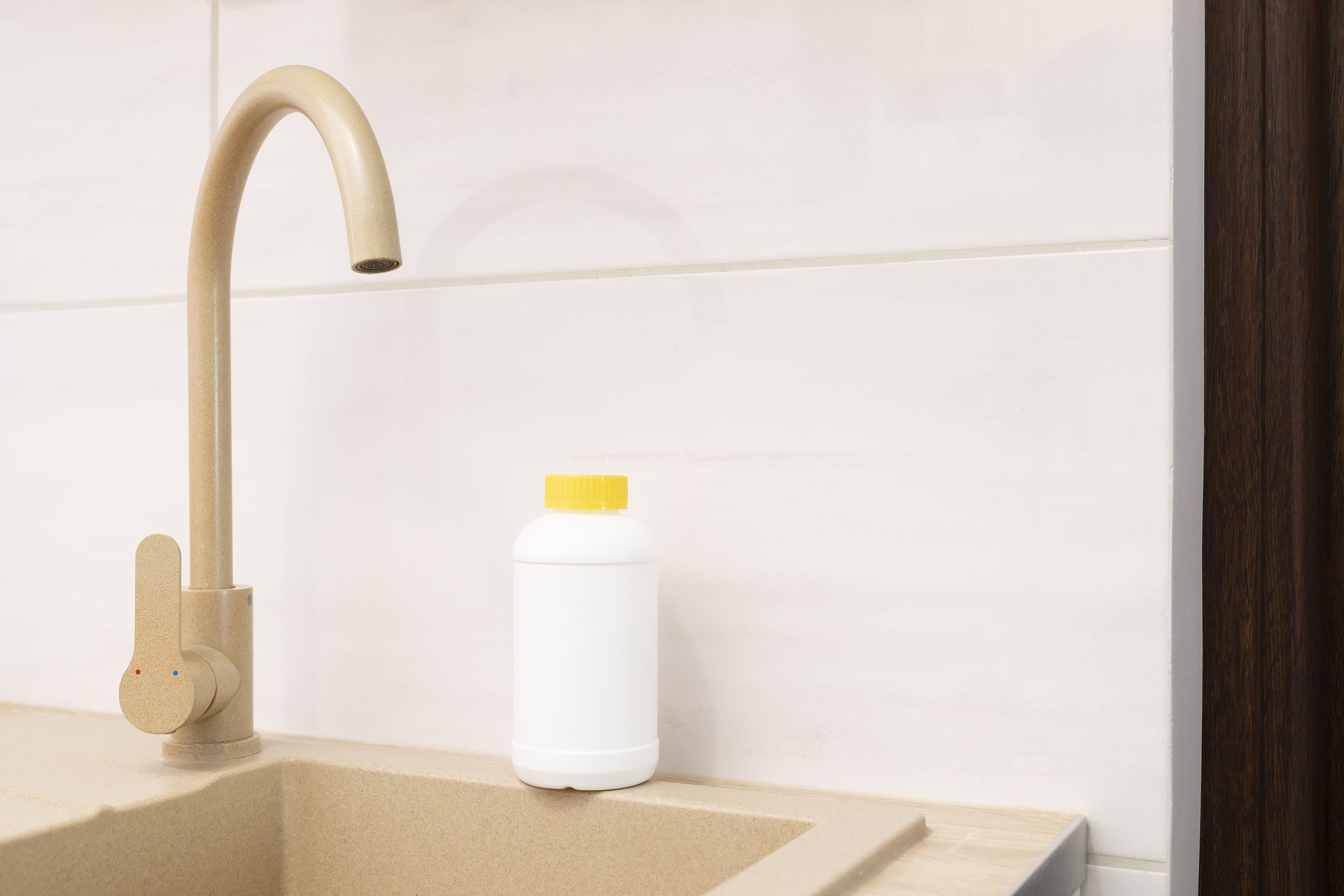
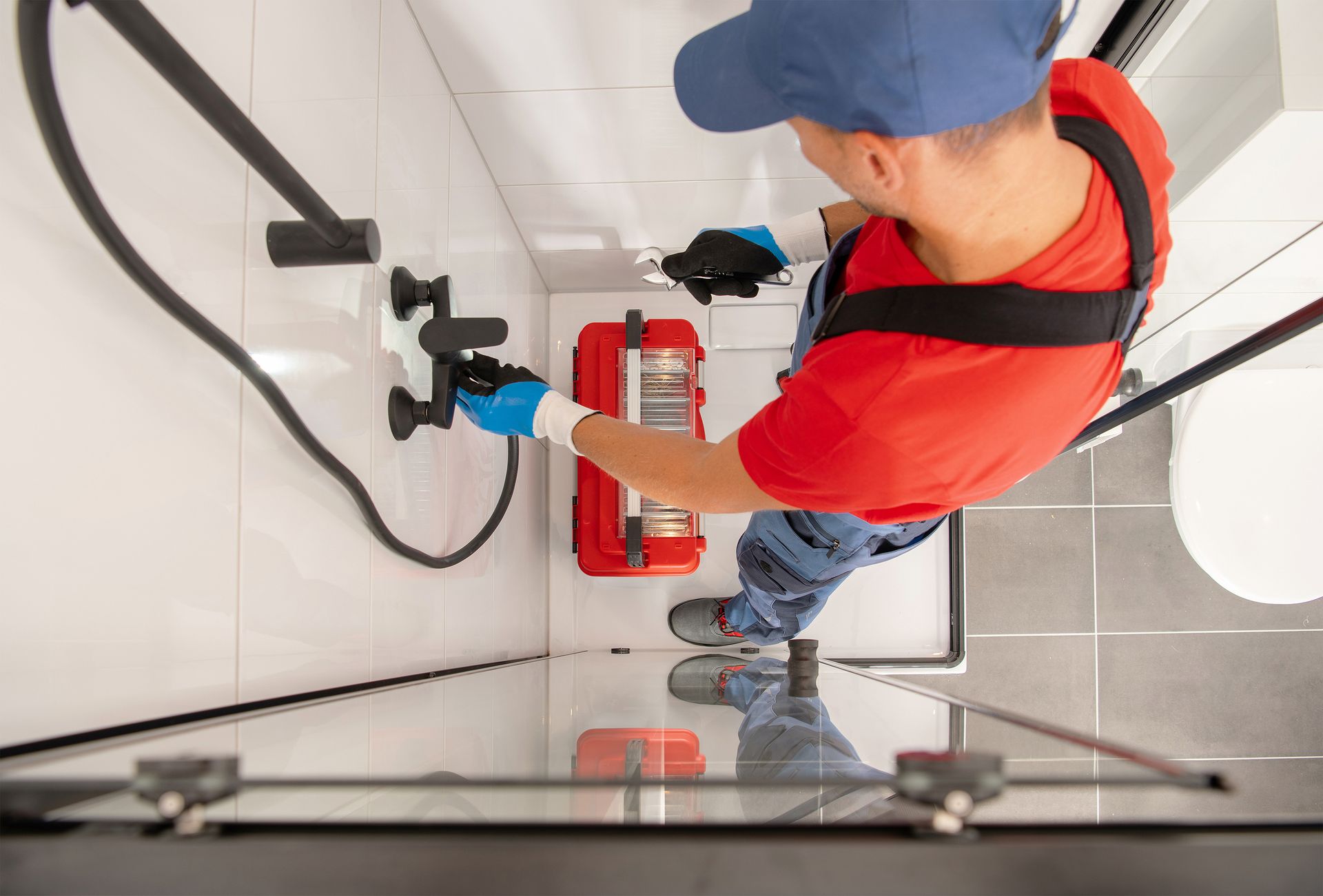
Share On: